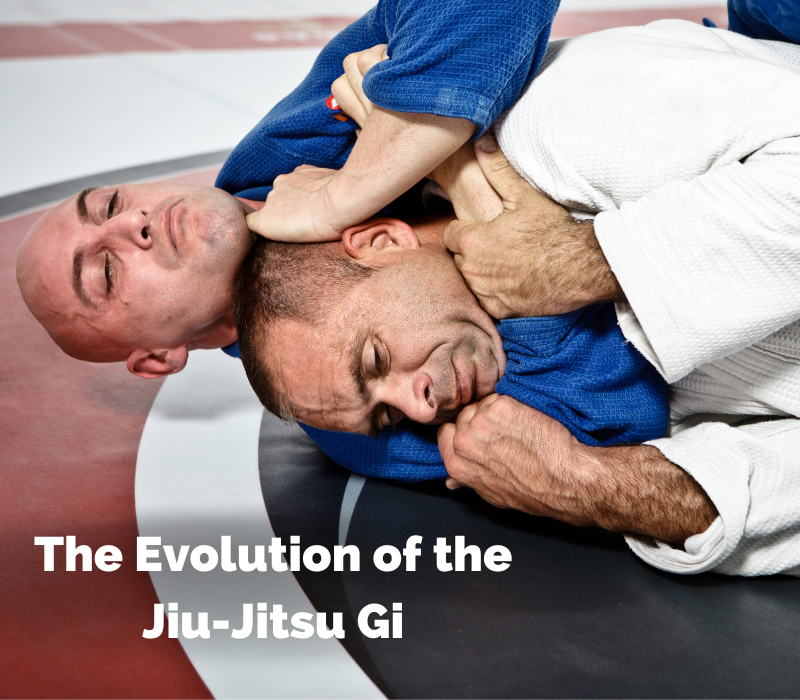The gi, also known as the kimono, is a traditional uniform worn in many martial arts, including jiu-jitsu. The gi has a rich history and has undergone significant changes over time. In this article, we will explore the evolution of the jiu-jitsu gi, from its origins in traditional Japanese martial arts to its current use in modern competitions. We will also discuss how the design and materials of the gi have changed over time and the impact on performance.
The origins of the gi can be traced back to traditional Japanese martial arts such as judo and karate. The gi was originally designed to be a simple, durable uniform that could withstand the rigors of training. The traditional gi was made from heavy cotton and featured a simple design, with a jacket and pants that were both white in color. The gi was typically worn with a belt, which indicated the wearer’s rank.
As jiu-jitsu began to evolve and gain popularity, the gi also began to change. The first major change to the gi was the introduction of different colored belts, which indicated different levels of skill and experience. This was a significant change, as it allowed practitioners to easily identify the skill level of their opponents.

The next major change to the gi came in the 1970s, when Brazilian jiu-jitsu began to gain popularity. Brazilian jiu-jitsu practitioners preferred a more lightweight gi, which allowed for greater mobility and flexibility. This led to the development of new materials and designs, such as the single-weave gi, which was made from a lighter cotton and featured a more modern, tapered design.
As jiu-jitsu continued to evolve and gain popularity, the gi also continued to change. Today, there are many different types of gis available, each designed with specific features and materials to suit the needs of different practitioners. Some gis are designed for competition, while others are designed for training and everyday use.
One of the most significant changes to the gi in recent years has been the introduction of new materials, such as ripstop and gold weave. Ripstop gis are made from a special type of nylon that is extremely durable and resistant to tearing. Gold weave gis are made from a blend of cotton and polyester, which is known for its strength and durability. These new materials have greatly improved the durability and performance of the gi, making them ideal for both training and competition.
Another change in recent years has been the introduction of custom gis, with embroidery, patchwork and color options. This allows practitioners to express their personal style and stand out on the mat.

In addition to changes in design and materials, the gi has also undergone changes in terms of fit and sizing. In the past, gis were typically designed to fit a standard body type. Today, many gi manufacturers offer a wide range of sizes, including custom sizes, to accommodate different body types. This has made it easier for practitioners of all shapes and sizes to find a gi that fits properly and provides maximum comfort and performance.
In conclusion, the jiu-jitsu gi has undergone significant changes over time, from its origins in traditional Japanese martial arts to its current use in modern competitions. These changes have been driven by the evolving needs and preferences of practitioners, as well as advances in materials and technology. Today, the gi is available in a wide range of designs, materials, and sizes, making it easier for practitioners of all skill levels and body types to find a gi that meets their needs and preferences.


